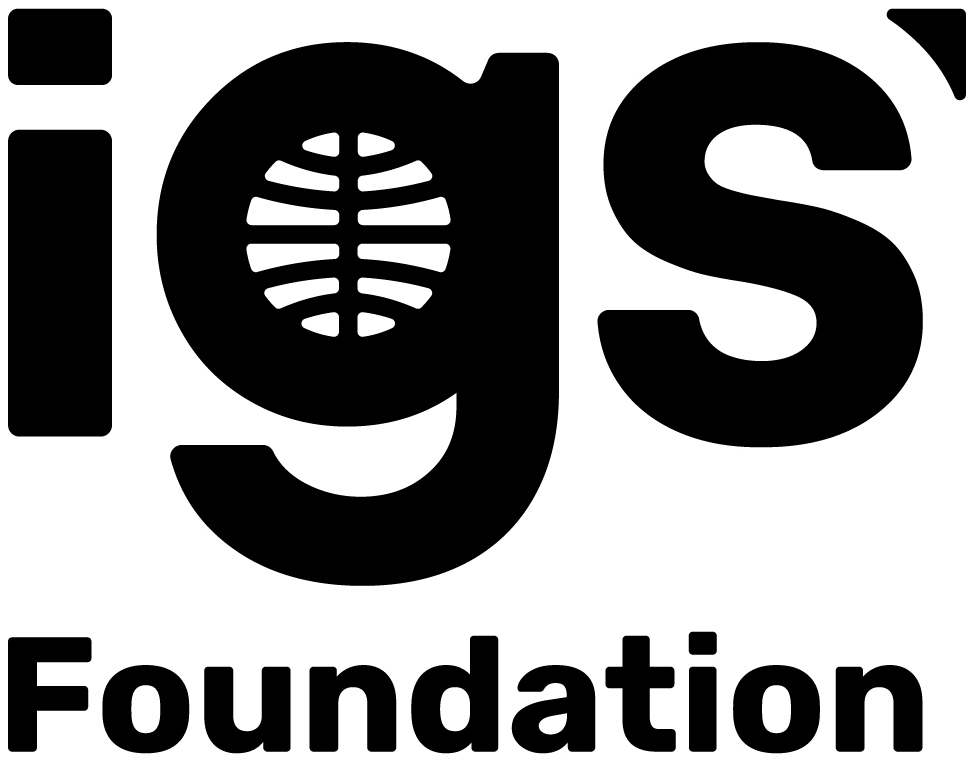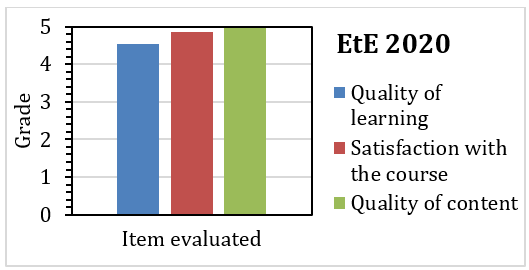IGSF Helps Harness The Power Of Virtual Education
 Last year the IGS Foundation (IGSF) supported the work of the IGS Educate the Educators (EtE) program to repackage its ‘Introduction to geosynthetics’ lecture, normally only delivered in-person, into a series of on-demand videos for students and educators.
Last year the IGS Foundation (IGSF) supported the work of the IGS Educate the Educators (EtE) program to repackage its ‘Introduction to geosynthetics’ lecture, normally only delivered in-person, into a series of on-demand videos for students and educators.
The new resources built on an initiative already spearheaded by IGS Brazil in its EtE programs since 2020 – the use of virtual teaching sessions.
Thanks to a grant from the IGSF, the one-hour in-person lecture was reimagined as five bite-size videos. These were delivered by former IGS President Professor Jorge Zornberg while complementary videos presented by IGS Brazil Vice-President Maria das Graças Gardoni guided educators on how they could structure and present the virtual lessons to make them more interactive.
Less than a year into their launch, the impact of the initiative on its audience, users and creators has been significant.

Prof. Gardoni, an undergraduate professor at the Federal University of Minas Gerais, Brazil, described the development of EtE in Brazil as “the realization of a dream”, knowing students would take the knowledge they gained into the diverse industries they were set to enter. Ensuring the videos were as interactive as possible was a key focus for Prof. Gardoni.
She said: “The video of the practical class on the application of geosynthetics in engineering works was created by me with the specific objective of consolidating the knowledge learned in the theoretical classes. But this class should have a dynamic and interactive character. I had been testing this interactive method – Integrated Panel and Geosynthetic Design – for many years in my undergraduate courses in civil and environmental engineering, and the results have always been outstanding. The results obtained with them in EtE have also been exceptional and the participants evaluate it as one of the best parts of the course.”
She added: “When I delivered these videos to the IGS I felt an indescribable happiness of someone who fulfilled their duty and, therefore, reached the goal of teaching with joy and lightness. When I received the final formatted video and saw those students analyzing and discussing each type, function, and main properties of geosynthetics, in another language, but with great enthusiasm, I must confess I was very thrilled and my feeling was ‘mission accomplished’.”
Prof. Zornberg similarly described delivering the videos as “an awesome experience”.
He said: “I have been delivering this content for quite some time, both as part of the EtE programs and to my own undergraduate students at the University of Texas at Austin. However, in this case I took the opportunity to rethink the educational strategy. You will see that I have made significant use of ‘inking’ [live annotation] as I believe this approach allows students to be ‘active’ while watching the video.”
Both acknowledged adopting a didactic approach to communicating the information was key for clarity and international accessibility.
Prof. Zornberg said: “Pedagogy and clarity were the overriding objectives in these videos because the goal was to ultimately reach every single undergraduate civil engineering student on the planet. This was not an easy goal, but the content needed to be such that it was understood by a wide range of students with different backgrounds.”
Prof. Gardoni said the use of videos – already a method of teaching in IGS Brazil’s EtE program since 2020 – scored highly with students when they evaluated quality of learning, quality of content, and course satisfaction.

Prof. Gardoni added: “I’d like to thank the IGSF and its donors for helping make this initiative possible. This pioneering project has elevated EtE to its rightful level, given the importance to have the ‘Introduction to geosynthetics’ information included in undergraduate university courses.
“I hope that the companies that invested so wisely in geosynthetics education at the beginning of the IGSF’s work will continue in this direction because education requires time to produce its fruits. There is no better way to reach a high goal in geosynthetics engineering than by means of education.”
Prof. Zornberg added: “Education is a long-term goal hard to quantify and value within the rewards system of typical corporations and industry partners. That’s why it is so important that the IGSF has stepped up to fill the gap on a need that may not have been emphasized enough by our industry because the results will not be immediately quantified on the balance sheet.
“I hope Chapters will be encouraged to conduct full-scale EtE programs and that educators will request such programs. Ultimately, I hope that all undergraduate students would graduate having heard (at least once) the term ‘geosynthetics’.”
IGSF Treasurer Boyd Ramsey said: “IGS Brazil pioneered virtual EtE teaching and thanks to the help of our generous donors we can develop and extend the benefits of these resources worldwide. This is another example of our donations in action, making such a widespread impact, and is why the Foundation does what it does.”
If you would like to donate, or request funding, simply visit the IGSF website.
*** IGS Brazil is set to hold its third EtE online in August, this year. Stay up-to-date with the chapter’s activities by visiting its website here.




Leave a Reply
Want to join the discussion?Feel free to contribute!